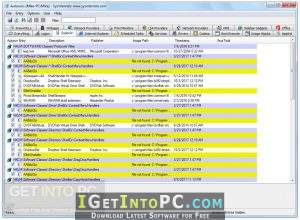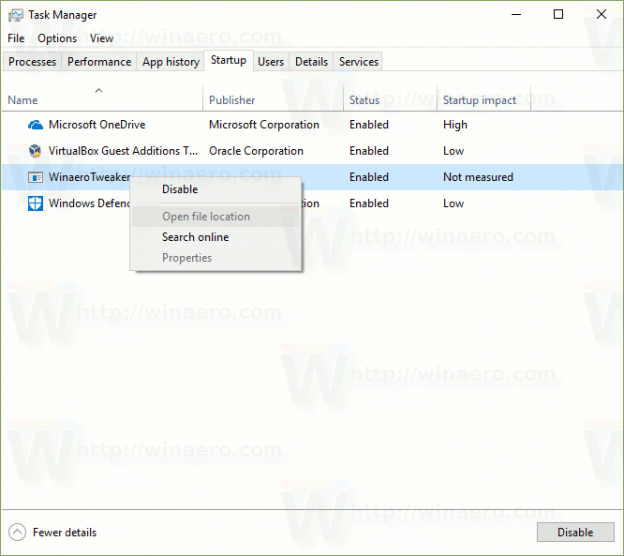

Process Explorer is a great tool for digging into open files or resources. PsKill works similarly to PsList except it is used to terminate processes by process ID. There are quite a few ways to return information with PsList, and the best part is that it works on local and remote machines. The goal here is to see processes on a machine - with PsList, I find the process ID, and then use PsKill to terminate the process. I listed these together because I typically use them in this order. Note: This article is also available as a TechRepublic photo gallery. Here’s a look at my favorite tools in the Sysinternals collection (or the ones that I use the most). While this is the easiest way to get the tools because they are bundled together, there are some tools that I find myself using far more than others. The entire suite of products is available for download. These are great little tools for getting some heavy-hitting Windows things done and sometimes done better than when using the built-in tools for a task. Sysinternals has been around for quite some time and was acquired by Microsoft in 2006. Derek Schauland zeroes in on the ones he finds most useful.

The Sysinternals utilities offer a powerful, convenient way to knock out all kinds of Windows tasks. 10 Sysinternals tools you shouldn’t be without


 0 kommentar(er)
0 kommentar(er)
